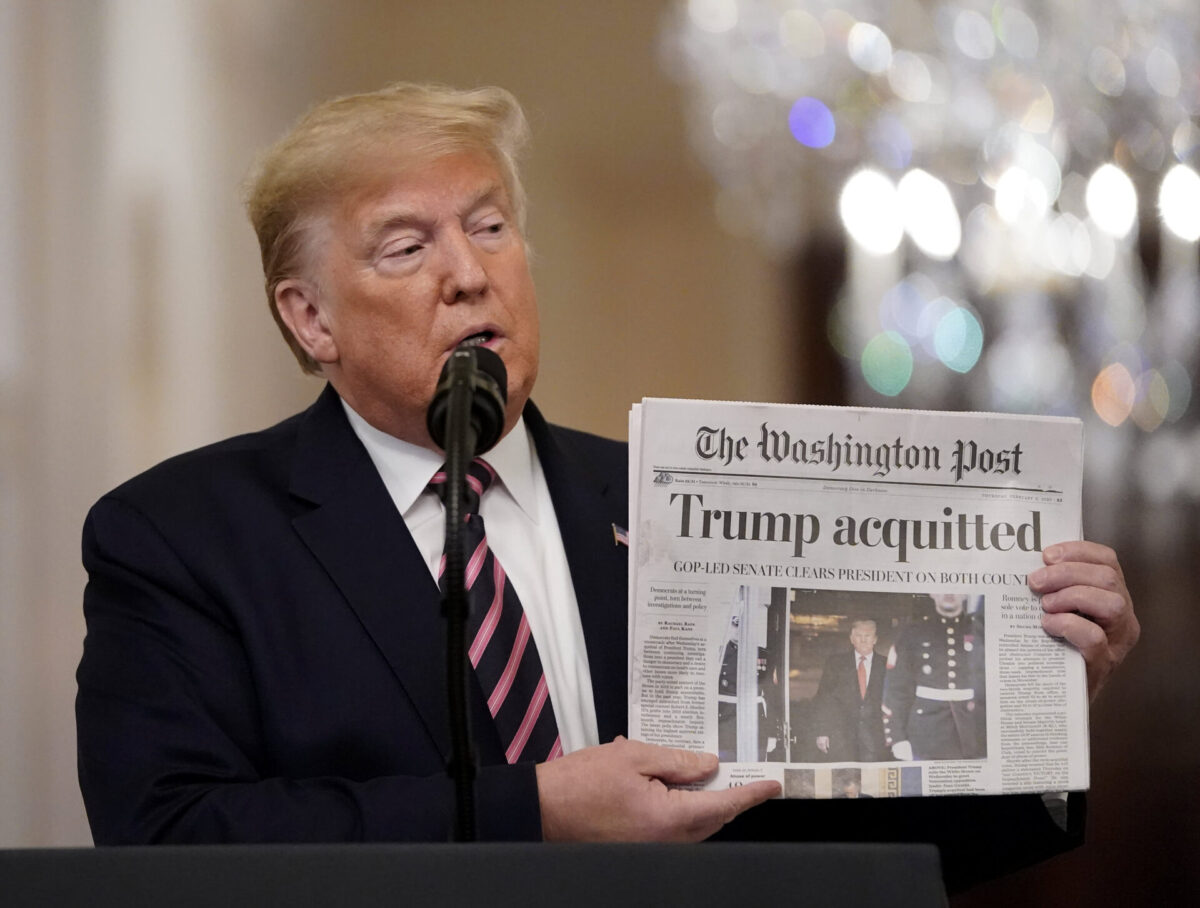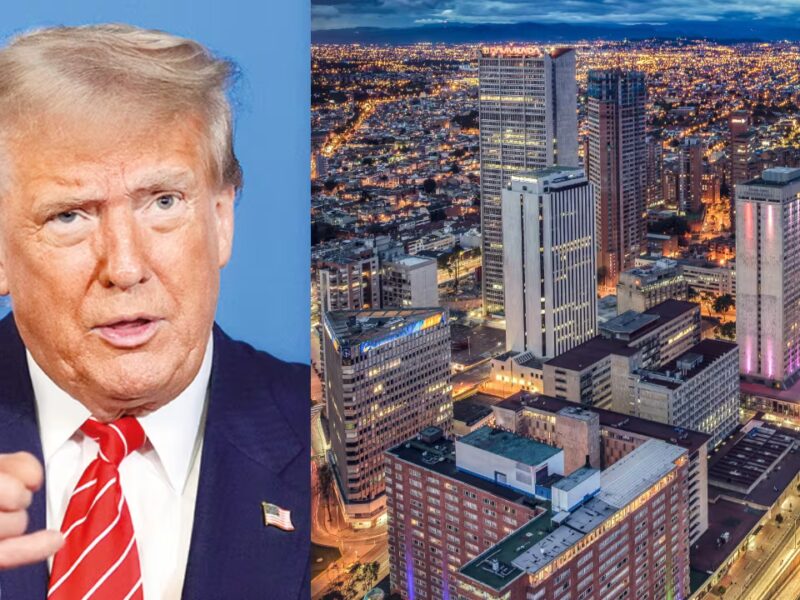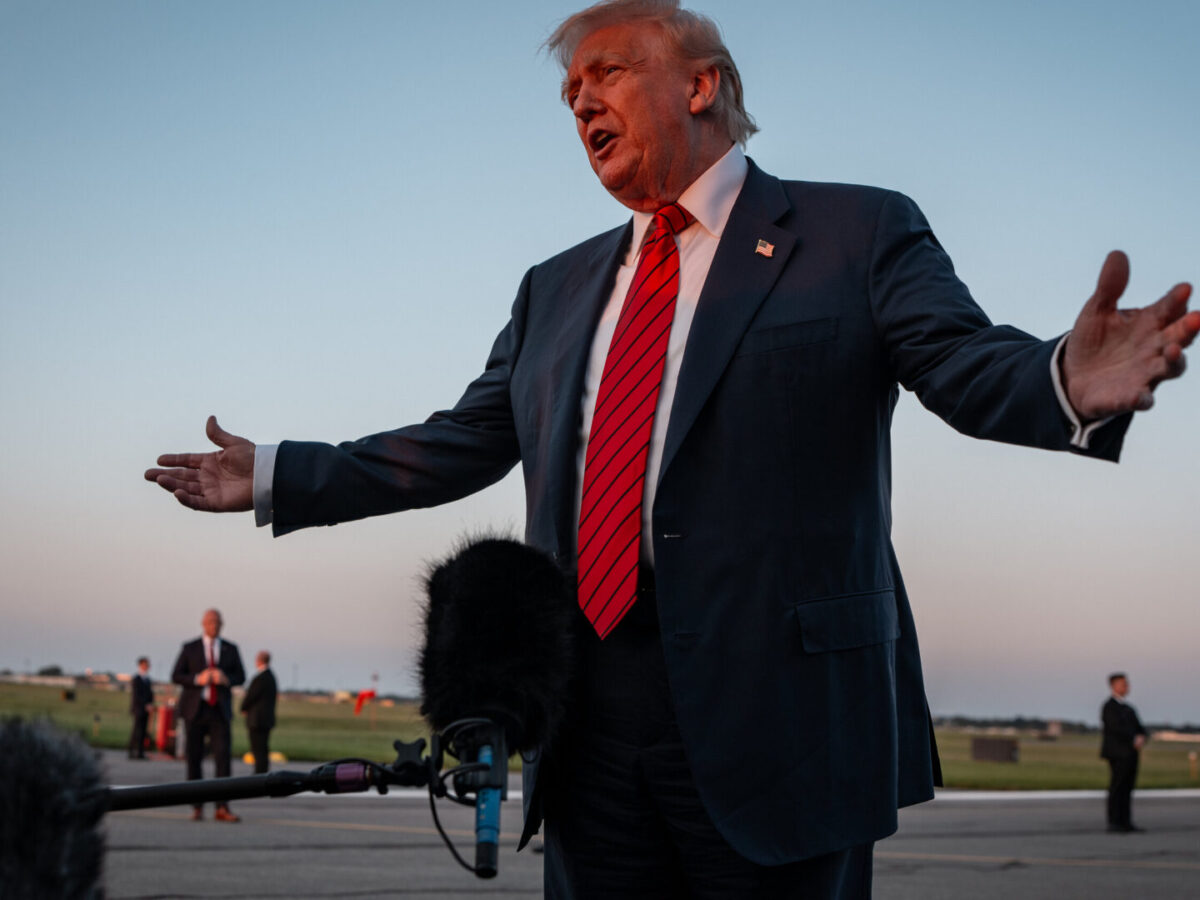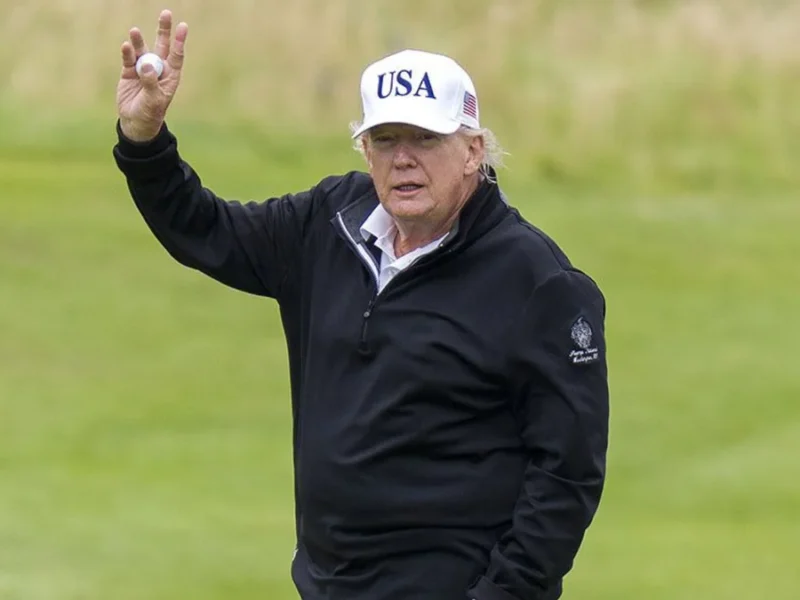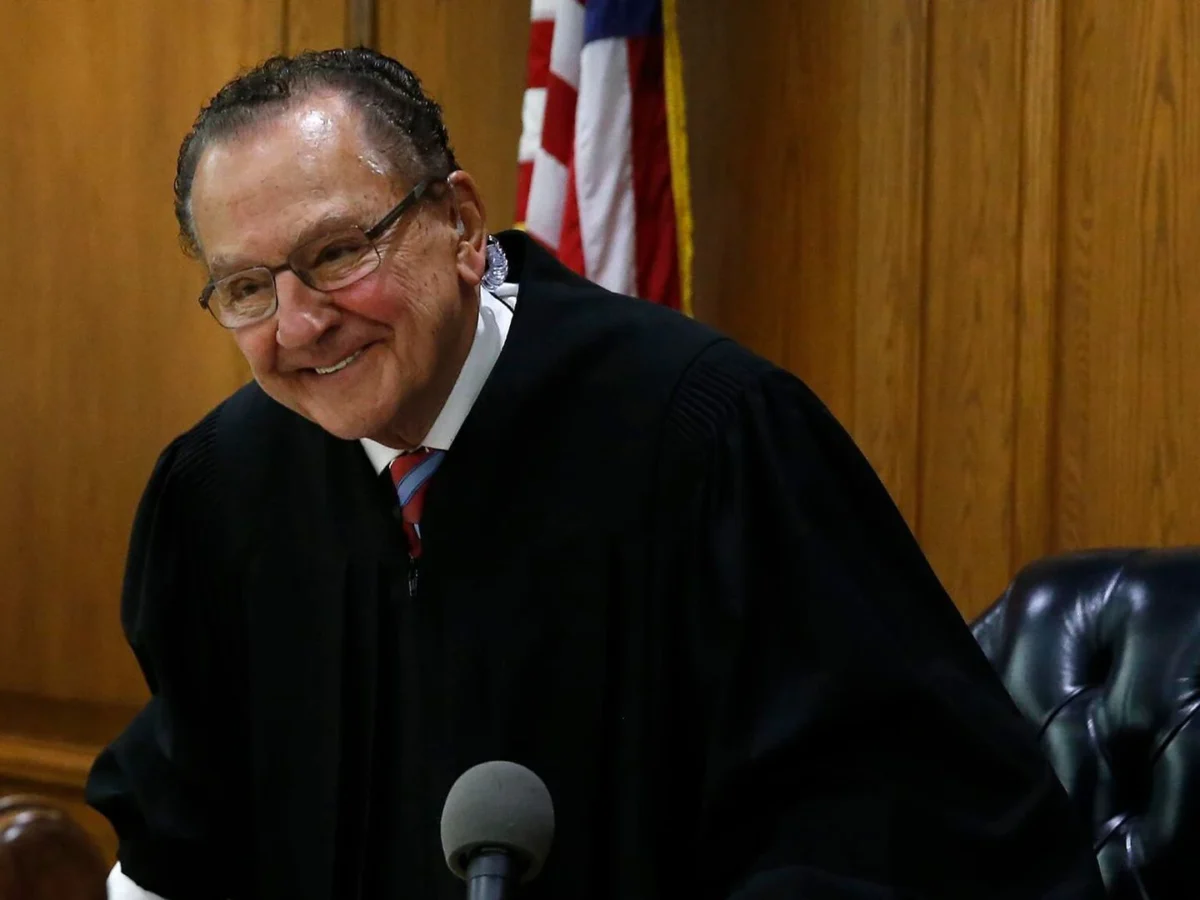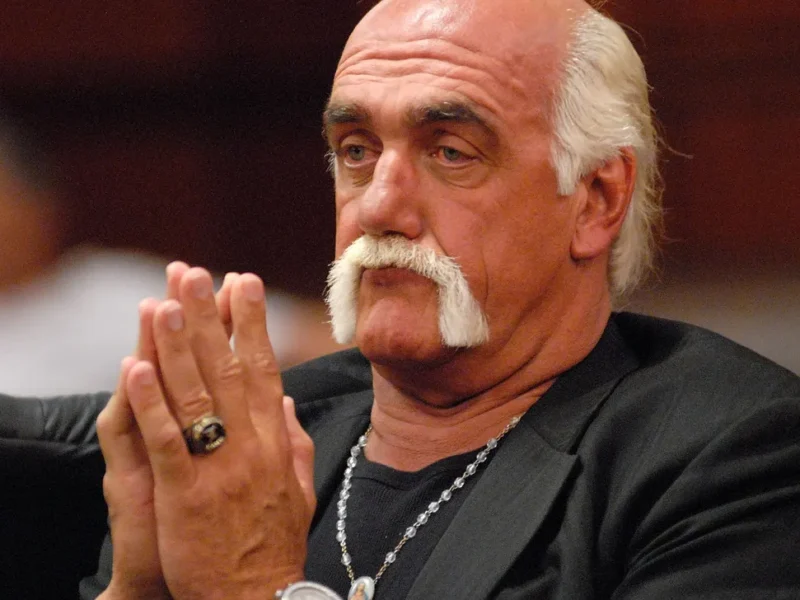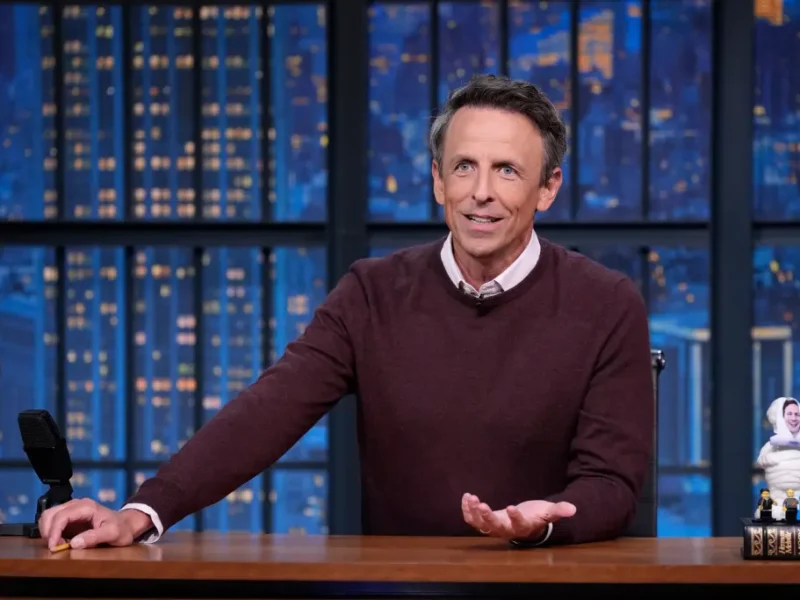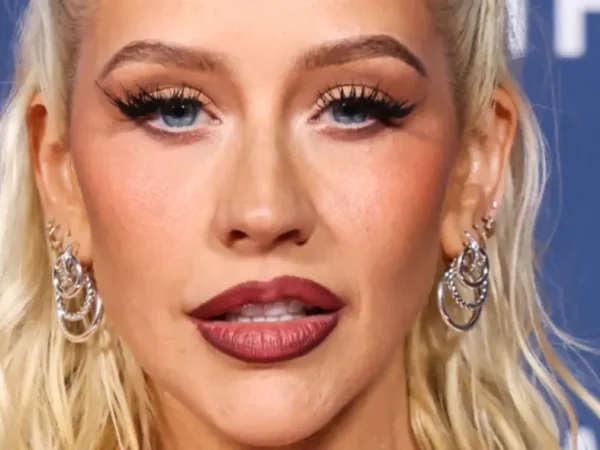Donald Trump has once again stirred controversy, this time by launching a $10 billion lawsuit against The Wall Street Journal (WSJ), News Corp, and media magnate Rupert Murdoch. The former president alleges defamation following the publication of a story linking him to the late Jeffrey Epstein. Trump, known for his combative stance toward the media, claims the article misrepresents his past and damages his public image at a politically sensitive moment.
What sparked Trump’s legal action against WSJ and Murdoch?
The WSJ recently published a report alleging that Trump sent a provocative birthday card to Epstein in 2003. The article claims that the card was included in a birthday album compiled by Ghislaine Maxwell, Epstein’s close associate, and contained a suggestive drawing and the message: “Happy Birthday. May every day be another wonderful secret.”
Trump strongly denied any association with the letter. The lawsuit, filed the day after he threatened legal action on his social media platform Truth Social, names WSJ journalists and claims the report is “false, malicious, and defamatory.” Trump accuses the defendants of weaponizing falsehoods to undermine his credibility, asserting that the lawsuit is not just personal but a stand for all Americans victimized by media overreach.
According to Trump’s legal team, the alleged defamation could result in damages upwards of $10 billion, a figure they argue reflects both reputational harm and punitive damages against the media conglomerate.
How does this lawsuit tie into the broader Epstein scandal?
The Jeffrey Epstein case has long been a point of public intrigue and political tension. Epstein, who died in prison in 2019 under suspicious circumstances, was at the center of a vast sex trafficking investigation involving high-profile individuals. Although there’s no direct evidence tying Trump to Epstein’s crimes, their past social interactions have drawn scrutiny.
The WSJ article reignited these suspicions at a time when the U.S. Department of Justice had just closed investigations stating there was no existing “client list” implicating others. Trump’s lawsuit could be seen as an attempt to distance himself from renewed public speculation, particularly among his base in the Make America Great Again (MAGA) movement, some of whom have expressed disappointment over perceived transparency failures.
In a strategic move to regain trust, Trump authorized Attorney General Pam Bondi to release any credible documents tied to Epstein, pending judicial approval. This gesture aligns with his long-standing narrative of exposing establishment cover-ups, despite critics arguing that it is politically motivated.
Could this lawsuit reshape media accountability in the U.S.?
While defamation cases from public figures against media outlets are notoriously difficult to win in U.S. courts due to First Amendment protections, Trump’s lawsuit brings renewed focus to the limits of journalistic freedom and responsibility. If successful, it could embolden other public figures to challenge major news outlets over content they deem misleading or damaging.
Beyond legal ramifications, the case underscores the enduring volatility of the Epstein saga and the challenges news organizations face in reporting on figures entangled in public scandals. Trump’s framing of the lawsuit as a defense of “all Americans” against media manipulation may resonate with voters skeptical of mainstream media.
As the legal proceedings unfold, questions remain: Was the WSJ negligent or malicious in its reporting? Can Trump prove actual malice, the threshold for public figure defamation? And crucially, will this lawsuit shift public perception, or simply deepen existing divides?
Other News To Read


